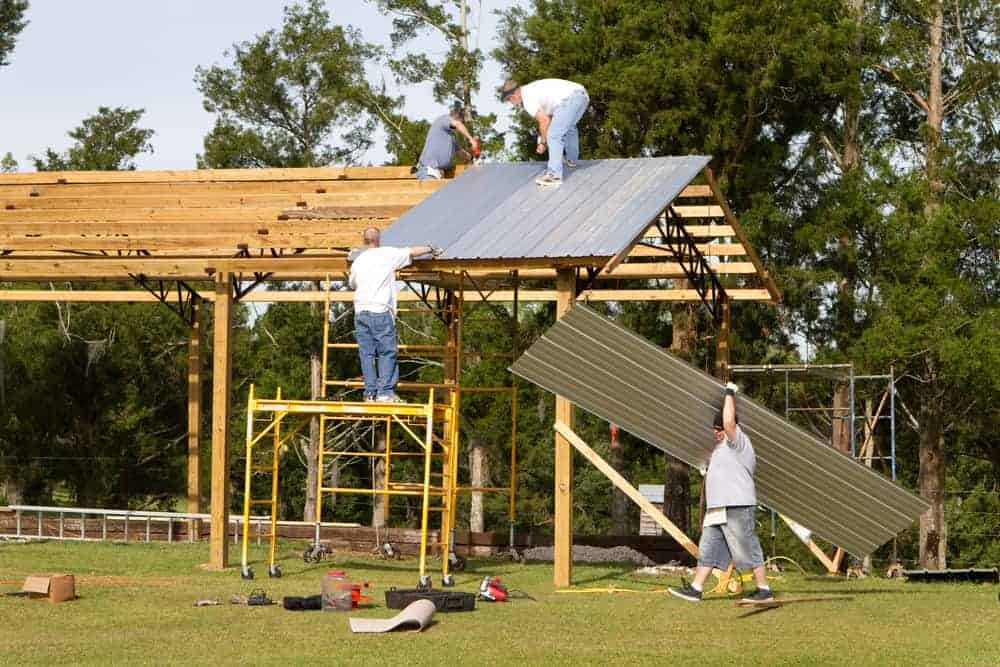What Happens If You Build a Pole Barn Without a Permit
Building a pole barn can be an exciting project, providing extra storage, a workshop, or a garage. However, before you start, it’s important to consider whether you need a permit. Skipping this step can lead to legal and financial consequences. If you’re thinking about making your pole barn a permanent living space, you may be […]
What Happens If You Build a Pole Barn Without a Permit Read More »


